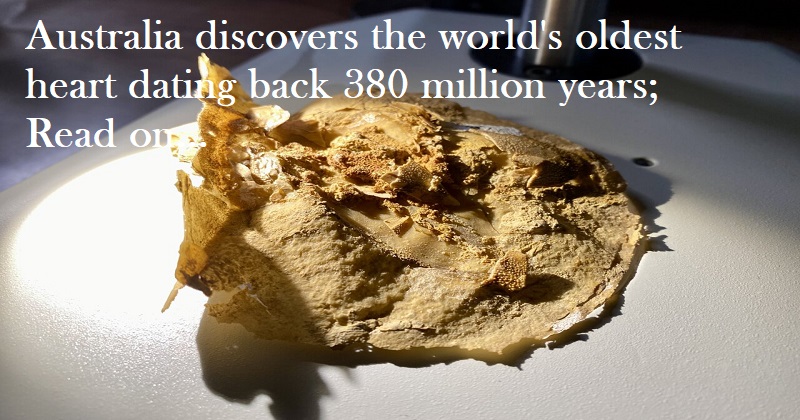
In a species of fish that was 380 million years old, scientists discovered the world’s oldest heart in Australia. The study, which was directed by Curtin University in Perth, is said by scientists to illustrate how the human body has developed. Researchers in the Kimberley region of West Australia’s Gogo Formation found the fish fossil.
The study team, lead by Professor Kate Trinajstic, used x-rays and neutron beams to scan the fish specimens, which were housed in limestone concretions, according to a statement from Curtin University. Then, three-dimensional images of the soft tissues inside them were recorded. For the first time, a complex s-shaped heart from an extinct species of jawed fish called an arthrodire can be visualised in three dimensions thanks to study. The study was released in the Science magazine.
Professor Trinajsic, the principal investigator, thinks the discovery is incredible. ‘As a palaeontologist with more than 20 years of experience studying fossils, I was truly shocked to uncover a 3D and exquisitely preserved heart in a 380-million-year-old ancestor,’ she stated. For the study of evolution, the discoveries have significant implications.
These prehistoric fossils ‘indicate there was a wider leap between jawless and jawed animals, which is contrary to how evolution is frequently assumed to have occurred in a series of tiny steps,’ Trinajstic said. In a similar manner to modern sharks, ‘these fish literally have their hearts in their mouths and under their gills’.
She went on to remark that the discovery offered important clues about the development of vertebrate anatomies. The discoveries were announced along with the statement that, ‘These traits were advanced in such early vertebrates, affording a unique window into how the head and neck region began to adapt to accommodate jaws, a vital stage in the evolution of our own bodies’.

Post Your Comments